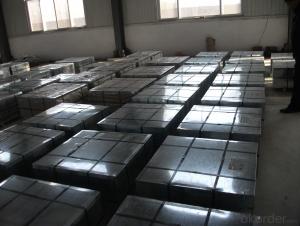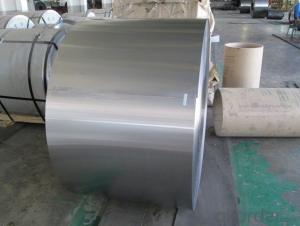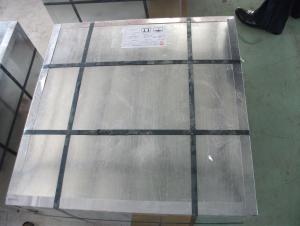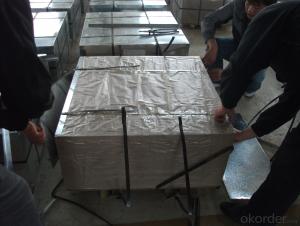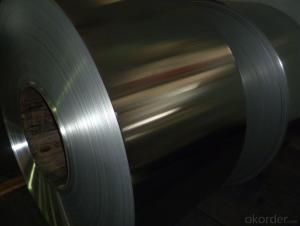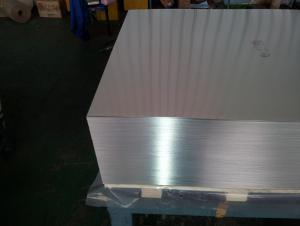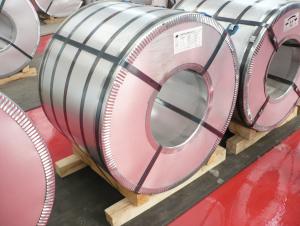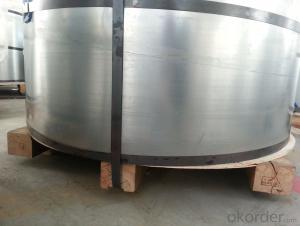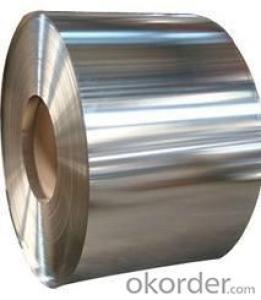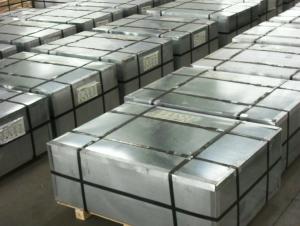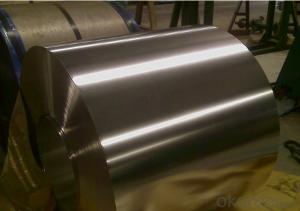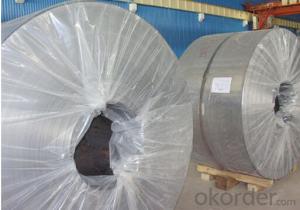Mth Tinplate Trains
Mth Tinplate Trains Related Searches
4 By 8 Plastic Sheets Thin Plastic Sheets Flexible Tinplate Coil Quotes Tinplate Iron Clear Plastic Sheets Hard Plastic Sheets 4X8 Lightweight Plastic Sheets Wavy Plastic Sheets White Plywood Sheets Poly Styrene Foam SheetsHot Searches
Tinplate China Tinplate Stock Price Tata Tinplate Price List Tinplate Price Trend Tinplate Nse Share Price Tinplate Price Chart Tinplate Share Price Nse Tata Tinplate Share Price Tinplate Share Price Today Tinplate Share Price Bse Tinplate Price Tinplate Share Price Tinplate Coil Manufacturers Tinplate Sheet Suppliers Food Mixer Sale Tinplate Factory Tinplate Production Tinplate Products Ltd Tinplate Products Tinplate Can ManufacturersMth Tinplate Trains Supplier & Manufacturer from China
Okorder.com is a professional Mth Tinplate Trains supplier & manufacturer, offers integrated one-stop services including real-time quoting and online cargo tracking. We are funded by CNBM Group, a Fortune 500 enterprise and the largest Mth Tinplate Trains firm in China.Hot Products
FAQ
- Yes, tinplate can be used for packaging wine or spirits. Tinplate is a durable and corrosion-resistant material that provides excellent protection against light, oxygen, and moisture. It also offers a classic and premium appearance, making it a popular choice for wine and spirits packaging.
- Tinplate offers several advantages for beverage cans, including its excellent resistance to corrosion, its ability to maintain the freshness and taste of the beverage, its high strength-to-weight ratio, its ease of recyclability, and its cost-effectiveness.
- Tinplate is commonly used for jewelry packaging due to its durability, versatility, and aesthetic appeal. Its smooth and shiny surface provides an attractive backdrop that enhances the visual presentation of jewelry. Additionally, tinplate can be easily shaped into various forms, allowing for unique and eye-catching packaging designs that effectively showcase the beauty and elegance of the jewelry inside. The use of tinplate also adds a touch of sophistication and luxury to the overall presentation, making it an ideal choice for premium and high-end jewelry brands.
- Tinplate is commonly used in the tobacco industry for packaging cigarettes and other tobacco products. It provides a protective barrier against moisture, light, and oxygen, helping to preserve the quality and freshness of the tobacco. Tinplate also offers a visually appealing and durable packaging solution, contributing to the overall branding and marketing of tobacco products. Additionally, tinplate can be easily decorated or embossed, allowing for intricate designs and customization options that enhance product differentiation on store shelves.
- Tinplate for stationery and office supplies is typically coated through a process called electrolytic tin coating. This involves immersing the tinplate in an electrolyte solution and passing an electric current through it, causing tin ions to deposit onto the surface of the metal. This coating provides protection against corrosion and enhances the visual appeal of the tinplate for use in various stationery and office supply applications.
- Tinplate contributes to the overall protection of packaged products by providing a durable and corrosion-resistant material that helps to prevent contamination, spoilage, and damage during storage and transportation. Its robustness acts as a barrier against external factors such as moisture, oxygen, light, and microorganisms, safeguarding the quality and integrity of the packaged items. Additionally, tinplate's ability to maintain a consistent temperature helps to preserve the freshness and taste of perishable goods, making it an ideal choice for protecting packaged products.
- Tinplate performs exceptionally well in terms of puncture resistance. Its unique combination of strength and durability makes it highly resistant to punctures, making it an ideal material for packaging delicate or sharp objects that require protection.
- There are several methods of recycling tinplate packaging, including manual separation, magnetic separation, shredding, and melting. Manual separation involves manually sorting and separating tinplate packaging from other materials. Magnetic separation utilizes magnets to separate the tinplate from other metals. Shredding involves cutting tinplate packaging into smaller pieces for easier processing. Finally, melting is a method where the tinplate is melted down and transformed into new metal products.


















